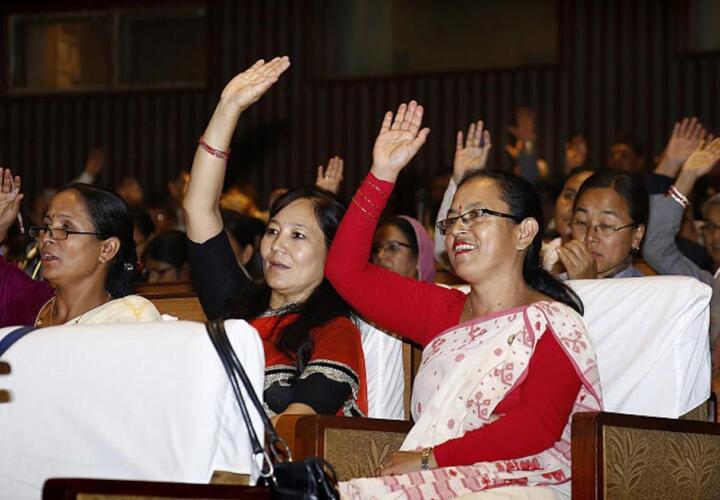Uncovering Barriers to Women's Political Leadership in Nepal
Despite recent constitutional quotas that have dramatically increased female political representation, why do women remain under-represented in Nepal? The team at Inclusion Economics investigates the forces holding women back in order to build pathways for political inclusion.
Gender-inclusive Governance and Political Representation
Nepal's political system has undergone a radical transformation since the 2015 constitution established a federal system with four levels of government: national, provincial, municipal, and ward. At the ward level, two-fifths of seats are reserved for women, which has led to a significant increase in women's representation in politics. However, women remain underrepresented in leadership positions and at higher levels of government.
Even in the presence of constitutional quotas, women’s representation in municipal positions in Nepal declined by around 20% between 2017 and 2022. Information provided to female political aspirants significantly increased aspirations and attempts to seek nomination for political seats, but they were no more likely to be elected to office.
While theoretical literature posits that elections create accountability and align leaders' and constituents' preferences, empirical evidence is mixed and suggests two critical constraints on electoral accountability in lower-income democracies. First, where citizen and politician preferences diverge, citizens often lack crucial information on politician performance, hindering their ability to utilize elections as an accountability mechanism. Second, party elites usually function as gatekeepers, restricting the pool of candidates citizens can choose from. This gatekeeping makes it harder for citizens to find candidates who align with their preferences, particularly for historically marginalized groups.
Since 2018, researchers at Inclusion Economics – in collaboration with colleagues at the London School of Economics, Stanford University, and Bocconi University – have collected extensive administrative and survey data on political aspirants, nominees, candidates, and representatives at the local level in Nepal across multiple election cycles. In one intervention, researchers conducted an experimental intervention with elected female ward members to provide information on the composition of political selection committees and the electability of female candidates before the 2022 local elections. This information significantly increased the probability that incumbent female ward members sought nomination for higher positions in 2022, particularly for ward chair, suggesting that perceptions of parties’ and voters’ preferences for men may inhibit women’s aspirations.In ongoing research, researchers seek to understand how modifications to electoral and party institutions influence political party candidate selections, and to decompose the effect of political selection processes on the representation of historically excluded individuals.
Findings highlight the importance of institutional design for protections for marginalized groups, as political actors will attempt to bypass institutional rules if it does not serve their electoral interests.








